Poly sand fundamentals

As a movie and TV enthusiast I often re-watch older episodes before enjoying the new season of a show or the next movie in a series. You know how you always see a few things that you didn’t remember from that first viewing? The same can be said about a company’s policies, practices, or procedures. Forgetting how to start a machine is just embarrassing but forgetting how to install or maintain something can be very costly. So, let’s go back a few episodes and review, to see if there is something that you may have missed or forgotten.
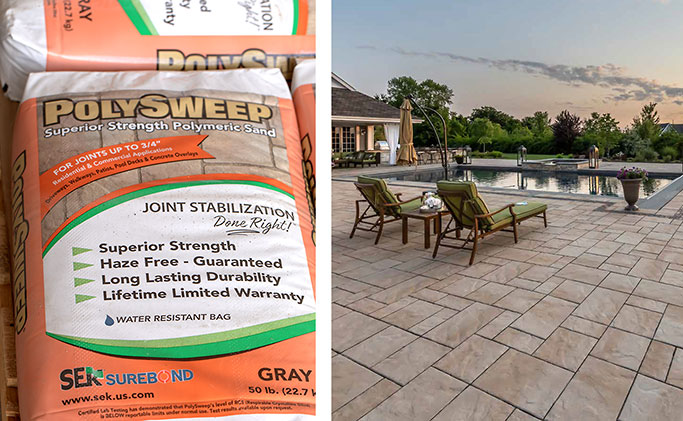
My favorite rerun episodes are about polymeric sweeping sands. There are many new and improved types of polymeric sand on the market, and I would count on there being more in the future. Some of the new features include being rain safe in so many minutes, dust free, haze free or allowing installation while the product is wet. All these features are great, but there are still some fundamentals that you need to remember. Here are some of the highlights:
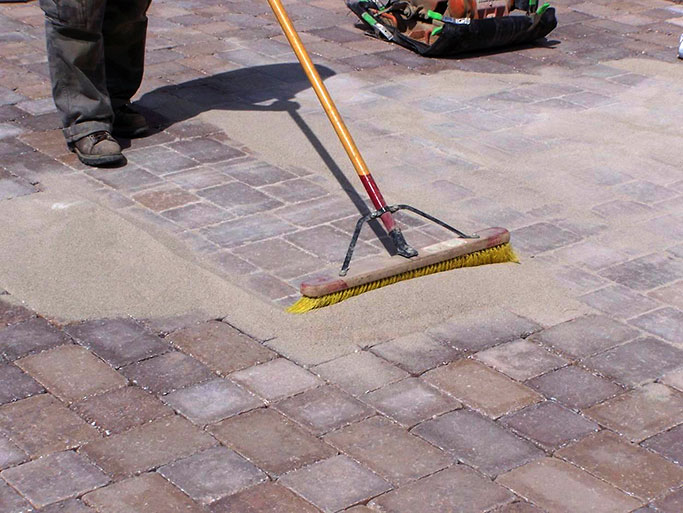
- When you are applying and sweeping the sand into the joint, be careful not to overfill. In most cases you want to have the sand be 1/8th of an inch from the top of the paver. Exceptions are cobbled types of pavers where you may want even less sand in the joint to bring out the cobbled appearance. You can always sweep out the excess when it’s still dry, that's a lot harder after it has been wetted or has set.
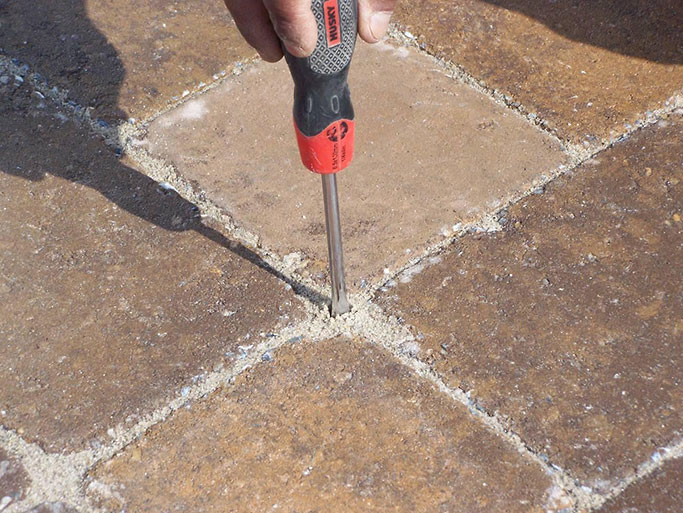
- Work in sections when applying the water. Even though many products have a single watering procedure, do not get carried away and water huge portions at a time. The watering process is the most essential step and adding too much or too little water because you lost track of where you did or did not cover could end in disaster.
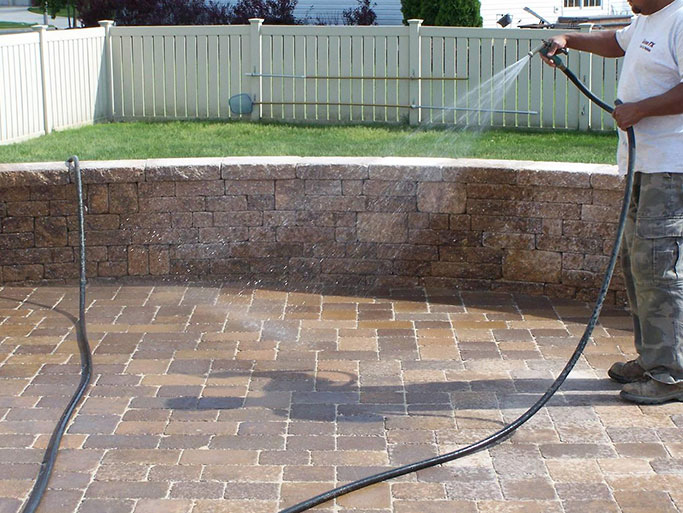
- Speaking of watering, read the instructions fully and carefully. Did the brand you’re using change formulas or best installation practices? Have they added a feature that you were unaware of, or taken one out? Is this the right product for your application? You will not know if you do not read. If you have questions, always feel free to call the Hardscape Center for advice and guidance.
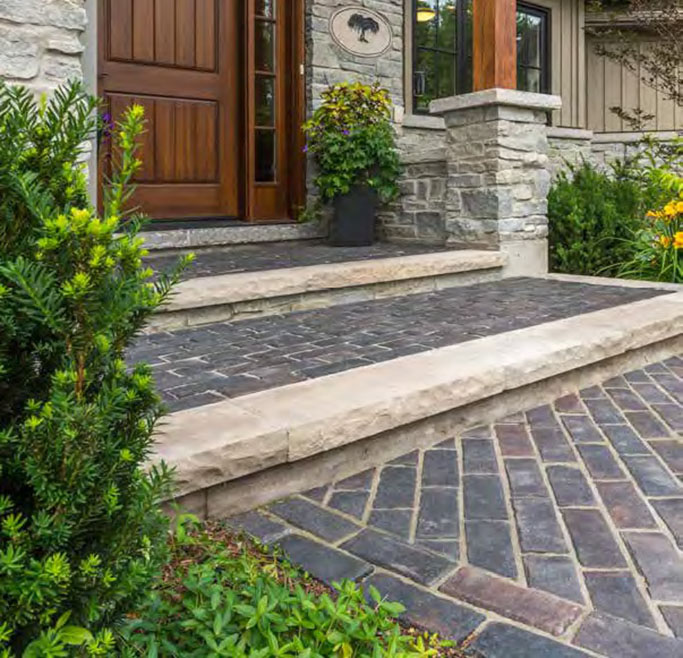
- Understand how your product will work on your site. Consider things like humidity, dew points and temperature. Is the project in the sun or the shade, is there irrigation near that may hinder the curing time? To fully cure, the product must completely dry after installation. If it does not dry, it will not cure. Uncured sand can wash out, swell up from excess water or have the polymers seep out and stain the pavers.
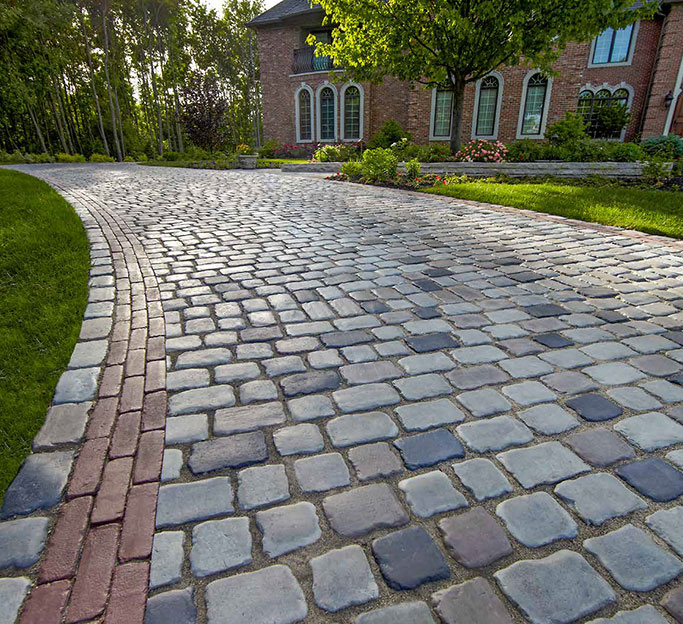
There are many more things to consider when applying polymeric jointing sand, but the above are the most common issues that I hear about. All the above can be prevented or addressed, and all are costly if forgotten about. Typically, the sand is the last part of the project and could be the hardest thing to fix. It never hurts to get a refresher on the installation of this essential step. If you have any questions or concerns do not hesitate to call. The next season is upon us, so grab some popcorn and take the time to review before you get lost by episode #2. Stay tuned for previews for the next show with limited commercial breaks!
